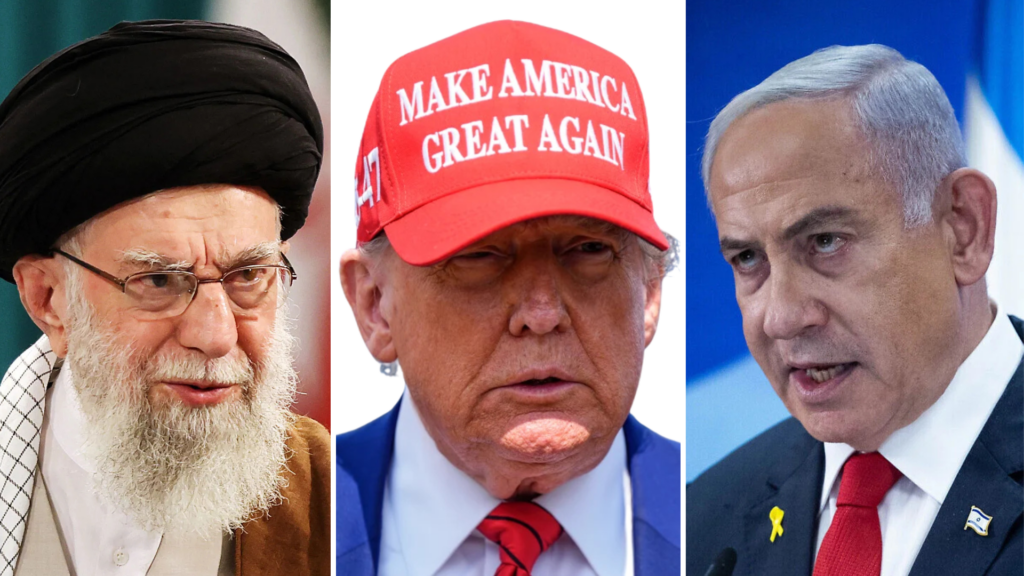A ceasefire between Israel and Iran has officially come into effect, according to US President Donald Trump, despite conflicting signals and a final wave of deadly missile strikes that left at least four people dead in Israel.
Iranian state media reported that a “last round of missiles” was launched towards Israel shortly before the truce began. The SNN outlet said the strikes were the final act of retaliation before a ceasefire was “imposed” on Israel.
Trump confirmed the ceasefire on his Truth Social platform, writing: “The ceasefire is now in effect. Please do not violate it!”
While Iran and Trump both signalled a halt in hostilities, Israel had not publicly confirmed the agreement at the time. However, hours later, Israeli Prime Minister Benjamin Netanyahu announced that Israel would participate in the truce following a security cabinet meeting that endorsed Trump’s proposal.
In a statement, the Prime Minister’s Office declared that Israel’s military campaign, Operation Rising Lion, had “achieved all of its objectives and more,” claiming the elimination of Iran’s “dual immediate existential threat – both in the nuclear and ballistic missile fields.”
Israel also said it had inflicted “severe damage on the military leadership” and destroyed “dozens of central Iranian government targets,” including in central Tehran. The statement added that Israeli forces had “eliminated hundreds of Basij operatives” and “another senior nuclear scientist,” while thanking Trump and the United States for their support in “eliminating the Iranian nuclear threat.”

A fragile and confusing path to truce:
The ceasefire follows days of intense and confusing diplomatic messaging.
On Tuesday morning, Iranian Foreign Minister Seyed Abbas Araghchi had stated there was “no agreement” on a ceasefire, but signalled that Iran would halt its military operations “provided that the Israeli regime stops its illegal aggression… no later than 4am Tehran time.” That deadline passed without formal confirmation from Israel.
“The final decision on the cessation of our military operations will be made later,” Araghchi wrote on X, praising Iran’s armed forces for continuing their operations “until the very last minute, at 4am,” and declaring their readiness to fight “until their last drop of blood.”
Yet, just hours after his remarks, the Israel Defense Forces (IDF) confirmed that missiles had again been launched from Iran, triggering air raid sirens across the country and activating missile defence systems.
“Defensive systems are operating to intercept the threat,” the IDF said, advising civilians to seek shelter.
The fresh strikes, along with conflicting public statements from all sides, cast doubt over Trump’s initial claim of a ceasefire and underscored the highly fragile nature of the diplomatic effort.
Rising death toll and escalation:
Monday’s events followed a major escalation after Iran launched missiles at a US military base in Qatar — its first direct strike on American forces since the start of the conflict. Iran reportedly gave advance notice, and no casualties were recorded in the Qatari strike.
That attack was in retaliation for US strikes on Iran’s nuclear sites over the weekend.

According to Iranian officials, over 400 people have been killed and more than 3,000 wounded since Israel launched its military campaign on 13 June. Among the dead are at least 13 children. In Israel, at least 24 people have been killed in retaliatory Iranian strikes.
Despite calls from the US, EU, and other global actors for de-escalation, the road to ceasefire has been marked by mistrust, miscommunication, and continued violence — raising concerns about the durability of the truce in the days ahead.

